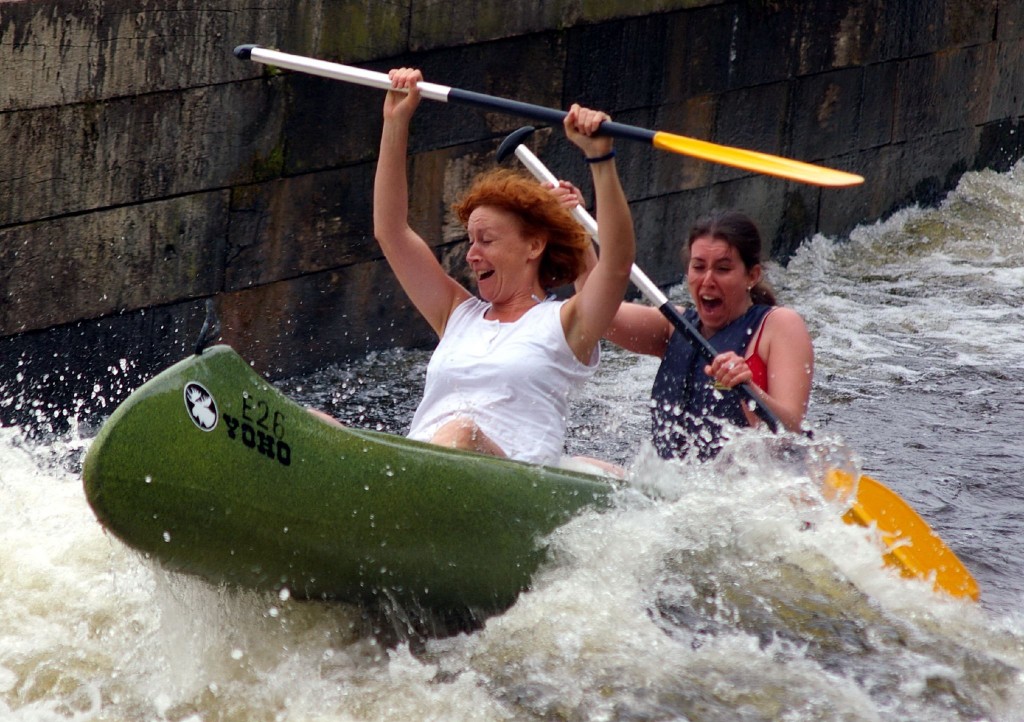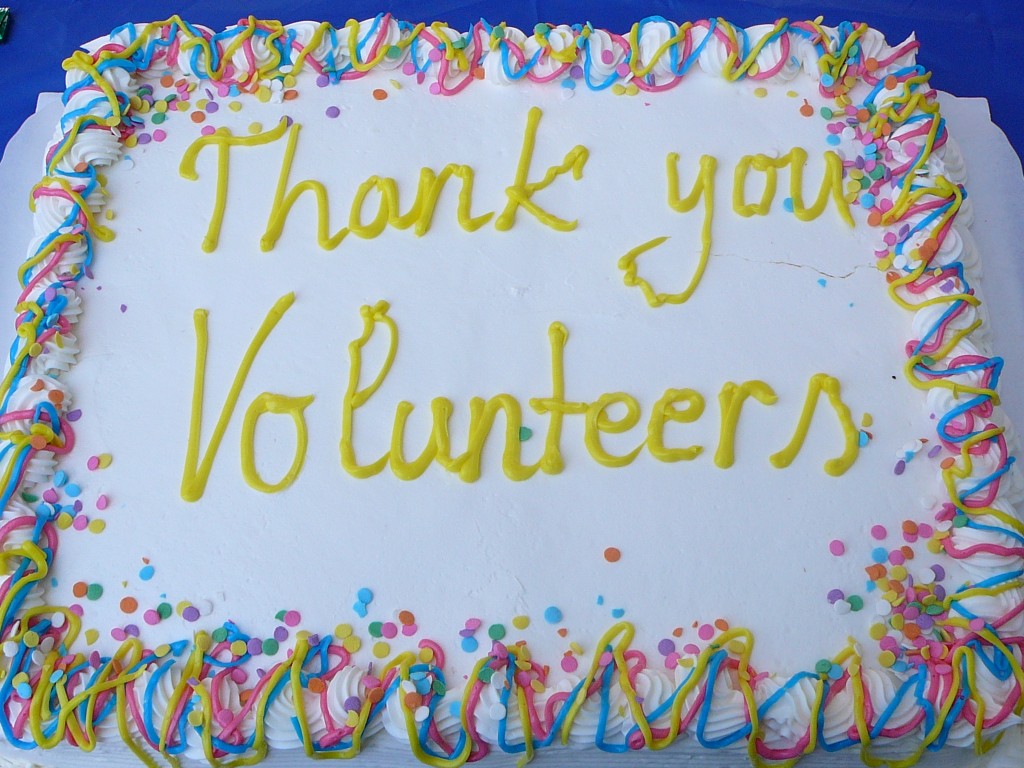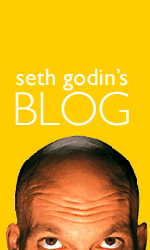How to attract great consulting clients
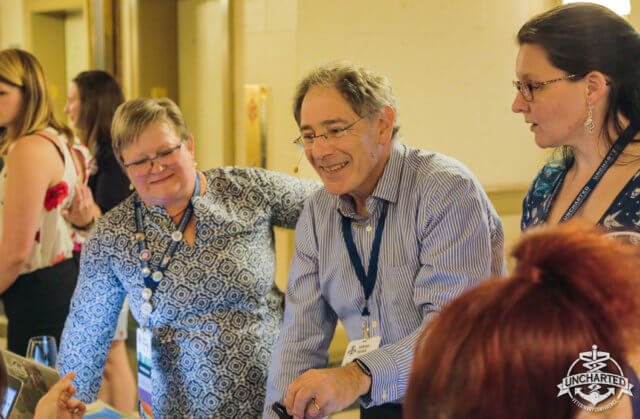
These days I am blessed with clients who are a joy to work with. But that wasn’t always true. Here’s how I learned to attract great consulting clients.
It shouldn’t need to be said, but I’m going to say it anyway. Everything that follows assumes that you have something of value to offer potential clients, you’re competent enough to supply it and have a realistic opinion about your worth. If you’re looking to get consulting work but don’t have all the requisite skills or expect to be paid unrealistic fees, this post won’t help you. But if you are a consultant who somehow keeps ending up with difficult clients, read on!
In the beginning…
In 1984, after careers in academia and small business, I began a consulting journey that has continued to this day.
Running a monthly local community group—the Southeastern Vermont Computer Users Group, long defunct—exposed me to businesses that needed advice and support on using these new-fangled “personal computers”. They hired me. Early on, I remember telling my wife that I had a few months of work booked but didn’t know if there would be more. After about five years of making similar statements, she pointed out that I probably didn’t need to worry too much.
Wondering about how much work I’d get, I accepted everything I was offered that I could do.
And sometimes, that didn’t work so well.
Three lessons learned
Charging enough
A local lumber mill offered me my first IT consulting job. I had no idea how much to charge, so I asked a friend. He asked me the hourly rate I thought I should ask for. When he heard my answer he laughed and said, “Double that!”
He was right. I had been doubting my value. The client didn’t even question my fee, and neither have hundreds of subsequent clients. Over the subsequent years, I discovered the truth of one of my mentor’s Secrets of Consulting:
“The more they pay you, the more they love you. The less they pay you, the less they respect you.”
—Jerry Weinberg, one of his ten laws of pricing
In fact, if a potential client tries to aggressively negotiate with me over my fee, it’s a warning sign that our relationship is going to be less than ideal.
Working for free
I was once asked for a detailed proposal to fix problems with a client’s complicated database management system. The client told me they’d fired their previous consultant. I spent a significant amount of time determining possible solutions and submitted a comprehensive proposal. Imagine my disappointment when the potential client gave the proposal to the supposedly “ex-” consultant and told him to implement my solution.
This taught me an expensive lesson.
Since then, I simply won’t do creative work for clients without payment. I’m happy to have an initial call (typically 30 – 60 minutes) without charge and send a general proposal. But I won’t work after that point without a signed contract.
My advice: avoid any potential client who insists on detailed creative ideas before a contracted relationship exists.
Depending on trust—but getting it in writing
I used handshake agreements for years. They worked almost perfectly for me, but that’s because I eventually discovered I have a good (though not infallible) intuitive sense of whom to trust. But eventually, I began requiring written contracts for one important reason.
A written contract is a great tool to minimize misunderstandings.
Despite my best attempts to clearly communicate and agree on task scope, execution logistics, and the many other components of a professional relationship, I still find that what ends up in my head can be different from my client’s understanding. The creation of a signed written contract, which sometimes goes through a few drafts, is a great process to maximize the likelihood that our expectations match. And it acts as a great de-escalation tool if one of us forgets what we’ve agreed to.
The most effective way to attract great clients
But the best way I’ve discovered to attract great clients is to know who I am and share myself publicly.
What does that mean?
It means continuing to learn as much about my core self as possible, figuring out my mission, and sharing who I am with anyone who’s interested.
For example, this blog includes hundreds of articles posted over the last 16 years. Those who care can learn about my views on a wide range of topics, such as meeting design, facilitation, consulting, life lessons, facilitating change, the meeting industry, personal effectiveness, technology, and much more.
I’ve been happy to participate in many video interviews and podcasts, allowing people to learn more about my ideas, approaches, and personality.
On Twitter, I post on an even wider range of subjects, sharing content and ideas I like as well as, these days, a lot of political commentary.
Though I’m well aware that I, like everyone, still maintain personas, I continue to try to minimize the difference between the me I present to the world and who I truly am.
Allowing potential clients to see who I am helps them decide whether I might be a good fit to work with. Sharing who I am attracts those who like what they see. And, I’ve found, I’m likely to like them too! Which, as Seth Godin points out, can be a win-win:
“Like your customers and they’re more likely to like you back.”
—Seth Godin, The likable brand (or person)
How to attract great consulting clients
To summarize, let’s assume you can be of value to potential clients. Then to attract great consulting clients, you need to do three things:
- Learn how to identify and say no to potential clients who are not looking for a win-win relationship with you.
- Work to understand who you really are and your mission in life, and then be that person (no games). This is probably the hardest step. But it pays rich dividends in so many ways, not just in your professional life.
- Market yourself—your core beliefs, skills, and personality—to potential clients. Those who have a need for your services and like what they learn about you will be drawn to get in touch.
That’s my recipe for attracting great consulting clients. It’s been working for me for years. If you’re a consultant who ends up with difficult clients more than you would like, I hope it helps you too!
As always, feel free to share your thoughts in the comments below.

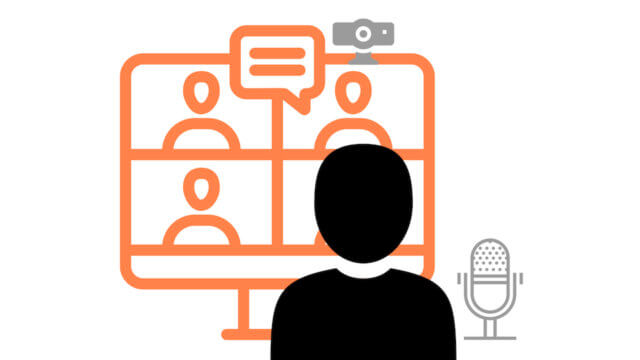 In 2022, I ran a
In 2022, I ran a 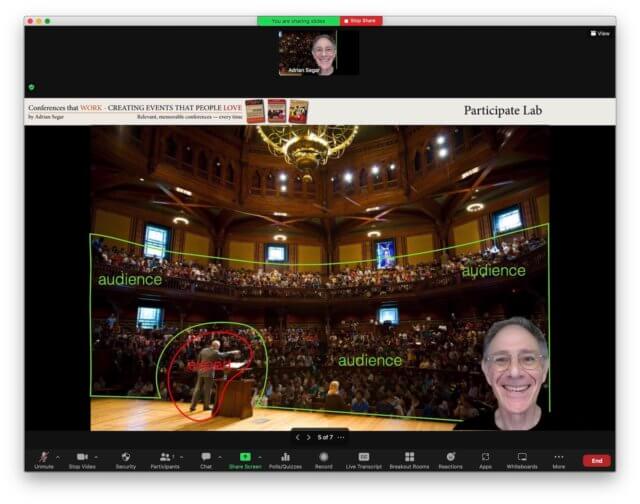
 In June 2016 I stepped down as President and Executive Director of
In June 2016 I stepped down as President and Executive Director of 
